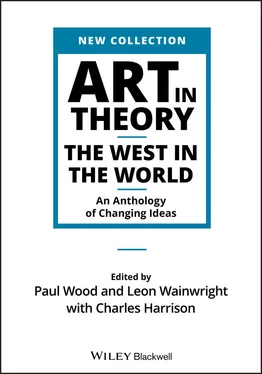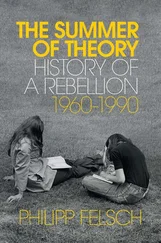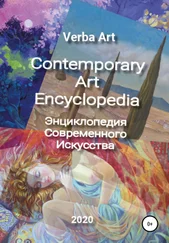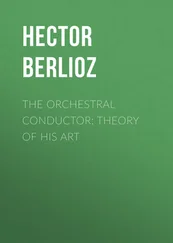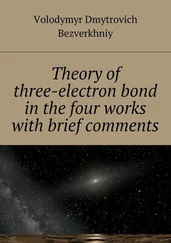* * *
There are but few images in nature that are more congenial to the contemplative man, who delights in the silence and solemnity of that hour when all passions of the mind, excepting sorrow, appear to be asleep, than a solitary walk amidst the bamboo‐canes, when the moon‐beam darts partially here and there amidst their shadows, when the dew‐drops glitter on the leaves, and not a sound is heard, save the plaintive whispers of the plantain and banana trees that wave with drowsy murmur around the watchman’s hut, and seem to invite with gentle blandishment to social conversation or repose.
I have frequently dwelt upon these seeming retreats of innocent retirement, and upon the situations of their inhabitants, oblivious of the world, its contentions and disappointments, its suspenses and its cares, until I could almost fancy that, instead of the hovel of a slave, I was reflecting upon the habitation of a hermit.
IIB12 Erasmus Darwin (1731–1802) On revolution, slavery and the Wedgwood medallion
The elevated language of Erasmus Darwin’s Augustan verse has been left beached by a modern sensibility rooted in Romanticism. Nonetheless, at the time his efforts marked an attempt to modernize poetry and have it address pressing contemporary issues, both technological and social. The present short selection links the two. Darwin has just been praising Benjamin Franklin for his work on electricity and Josiah Wedgwood for his establishment of the Etruria ceramic works at Stoke‐on‐Trent. He moves on to an invocation of the spirit of the French Revolution. Pursuing his theme of freedom, he then turns to a denunciation of Catholic Spain for its colonization and enslavement of South America and begs ‘Britannia’ to take a different course with the Atlantic slave trade. His reference in the closing lines is to the Wedgwood anti‐slavery medallion, in which a kneeling African figure in chains is surrounded by the legend ‘Am I not a man and a brother’. This medallion, after the model of an antique cameo, was first produced in 1787 for the Committee for the Abolition of the Slave Trade. Although subsequently criticized for its paternalism, the Wedgwood medallion made a significant contribution to the anti‐slavery movement in late eighteenth‐century Britain. The extract is taken from The Botanic Garden , Part I The Economy of Vegetation , London, 1791, pp. 92–3 and 95–6 (lines 377–94 and 413–30).
‘Long had the Giant‐form on GALLIA’s plains
Inglorious slept, unconscious of his chains;
Round his large limbs were wound a thousand strings
By the weak hands of Confessors and Kings;
O’er his closed eyes a triple veil was bound,
And steely rivets lock’d him to the ground;
While stern Bastile with iron cage inthralls
His folded limbs, and hems in marble walls.
− Touch’d by the patriot‐flame, he rent amazed
The flimsy bonds, and round and round him gazed;
Starts up from earth, above the admiring throng
Lifts his Colossal form, and towers along;
High o’er his foes his hundred arms He rears,
Plowshares his swords, and pruning hooks his spears;
Calls to the Good and Brave with voice, that rolls
Like Heaven’s own thunder round the echoing poles;
Gives to the winds his banner broad unfurl’d,
And gathers in its shade the living world!
* * *
‘Heavens! on my sight what sanguine colours blaze!
Spain’s deathless shame! the crimes of modern days!
When Avarice, shrouded in Religion’s robe,
Sail’d to the West, and slaughter’d half the globe;
While Superstition, stalking by his side,
Mock’d the loud groans, and lap’d the bloody tide;
For sacred truths announced her frenzied dreams,
And turn’d to night the sun’s meridian beams. –
Hear, oh, BRITANNIA! potent Queen of isles,
On whom fair Art, and meek Religion smiles,
Now AFRIC’s coasts thy craftier sons invade
With murder, rapine, theft, − and call it Trade!
− The SLAVE, in chains, on supplicating knee,
Spreads his wide arms, and lifts his eyes to Thee;
With hunger pale, with wounds and toil oppress’d,
“ARE WE NOT BRETHREN?” sorrow choaks the rest; −
− AIR! bear to Heaven upon thy azure flood
Their innocent cries! – EARTH! cover not their blood!’
1 1 This statement comes from a letter to Chastellux quoted in a centenary review of Jefferson’s Notes in The Nation, vol. 58 February 1894. [Editors’ note.]
IIC Changing Ideas and Values
IIC1 David Hume (1711–76) from ‘Of National Characters’
David Hume was one of the leading figures of the European Enlightenment. His philosophical contribution is notable for his scepticism towards explanation rooted in belief rather than reason and openness to the requirements of proof and testability in argument. His occasional essays are more uneven. They can tackle contentious issues and seek by plain discussion to ventilate stale arguments. But they can equally be susceptible to varieties of contemporary prejudice. Hume’s essay on ‘national character’ has won notoriety of late because of a racist footnote he added to the second edition of his Essays Moral, Political and Literary in 1748. In the contemporary intellectual climate of ‘hostility towards metanarratives’, this is frequently taken to be akin to an historical variant of a Freudian slip: the tell‐tale sign that gives the lie to the entire Enlightenment project of universal emancipation from religious power and commitment to scientific progress. It would be idle to maintain that Hume’s footnote is not racist. But then the whole of the essay (which is intended to be a counter to the argument of Montesquieu and others that ‘national character’ is derived from climate and other natural phenomena rather than sociocultural factors) involves a compendium of various instances of nation‐ and class‐based stereotyping current in eighteenth‐century Britain on the cusp of its emergence to world domination. Perhaps the best that can be said is that in his footnote Hume violates his own strictures on assessments of the dignity of human nature in the essay of that title included in the self‐same collection. Its primary lesson goes to a requirement to sort the wheat from the chaff of historical argument rather than to reject the principles of rational argument tout court . The present extracts, which restore the footnote to some of its immediate context, are taken from Essays and Treatises on Several Subjects in Two Volumes containing Essays Moral, Political and Literary . A New Edition , London 1767, vol. 1, pp. 228–32 and 234. (A selection from Hume’s essay on taste can be found in Art in Theory 1648–1815 IIIB5, pp. 506–15.)
The human mind is of a very imitative nature; nor is it possible for any set of men to converse often together, without acquiring a similitude of manners, and communicating to each other their vices as well as their virtues … Where a number of men are united into one political body, the occasions of their intercourse must be so frequent, for defence, commerce, and government, that together with the same speech or language they must acquire a resemblance in their manners, and have a common or national character, as well as a personal one, peculiar to each individual. Now tho’ nature produces all kinds of temper and understanding in great abundance, it follows not that she always produces them in like proportions, and that in every society the ingredients of industry and indolence, valour and cowardice, humanity and brutality, wisdom and folly, will be mixed after the same manner. In the infancy of society, if any of these dispositions be found in greater abundance than the rest, it will naturally prevail in the composition, and give a tincture to the natural character. […]
Читать дальше
